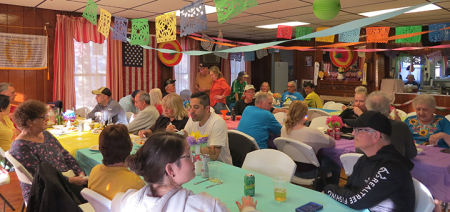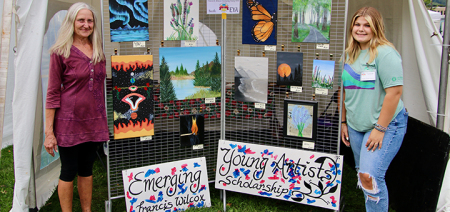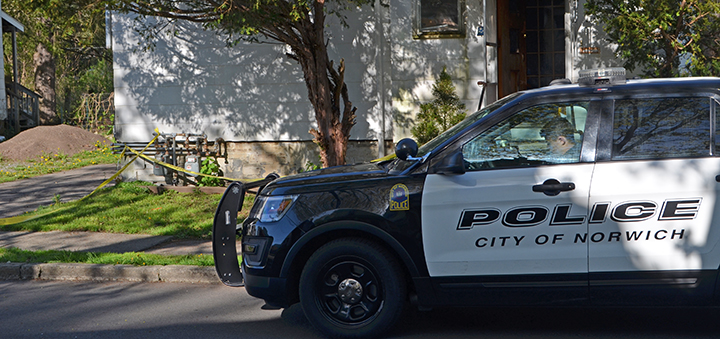Tilting At Windmills: The Catastrophe Of The First Draft
Published:
December 8th, 2023
By:
Shelly Reuben

Alain de Botton, a British author I had never heard of before this morning, said, “To become a proper writer, you have to forgive yourself the catastrophe of the first draft.”
Which got me to thinking.
Well, actually, it wasn’t his quote that got me thinking. It was a recent visit to the Delaware Art Museum for a Dante Gabriel Rossetti exhibition on loan from the Tate Gallery in London. After happily roaming about a bit, I came upon a lush and lovely portrait of “Monna Vanna,” described as a “red-haired woman who is holding a feather fan while wearing an embroidered gown of white.” Rossetti himself considered it “the most effective as a room decoration that I have ever painted." Its model was Alexa Wilding, a classical beauty with chiseled, delicate features, glossy apricot hair, and an aura of well-bred aloofness.
Much to my surprise (and ultimate dismay) on a label alongside “Monna Vanna” was a small, comparatively inoffensive photograph of an x-ray of that self-same portrait, blurrily exposing images that Rossetti had never intended for anyone else to see. Most relevant was that his initial model was not the refined Alexa Wilding, but his lusty, fleshy, former-prostitute-lover, Fanny Cornforth.
Often in the past, I had read articles about what Mary F. Holahan, Ph.D. (friend and former curator of illustration at the aforementioned museum) calls “underpaintings” or “studies.” I’d perused those articles with vague interest and minor discomfort. Some examples:
An x-ray of Vincent Van Gogh’s “Portrait of a Peasant Woman” revealing an early self-portrait of the artist himself.
An x-ray of Leonardo da Vinci’s “The Virgin on the Rocks” revealing earlier sketches of Jesus and the angel in different positions.
An x-ray of George Seurat’s “A Young Woman Powdering Herself” revealing a self-portrait of the artist on a wall where he later painted a window.
And so on.
However, it wasn’t until I viewed Rossetti’s “Monna Vanna” alongside its x-rayed underpainting that the mild discomfort I had felt earlier about x-rayed artworks turned into exasperation.
I know most of you are neither artists nor writers, so I am going to draw you a parallel closer to home. Let’s say you’re a girl in her junior year of high school. Your all-time favorite crush has asked you to be his date for the prom. You go shopping with your mother for the perfect dress, and when you get home, you model it for your father – wearing grubby flip-flops on your feet. The gown is strapless so your bra straps show as you twirl this way and that. But he’s your Dad, so his only comment is that you are gorgeous.
You also go through several incarnations with your hair. Up? Down. Curled. Straight. Tight. Loose. And with your makeup. Foundation? Powder. Blush. Lip liner. Lip gloss. Laughing at some of your more outrageous experimentations, enjoying the process, and working out the kinks until Cinderella the scullery maid has turned into Cinderella the princess.
The night of the prom arrives. You glide down the stairs feeling confident and gorgeous. Your date stares up at you, smitten by your loveliness. And what happens next? Your nasty older brother shows up with photos of what you had looked like when you were a Work In Progress, wearing flip-flops with your bra strap showing under your gown, your makeup gaudy, and your hair styled like the Bride of Frankenstein on her wedding night. So, what do you do?
Obviously, you run screaming from the room, because that is not how you wished to present yourself.
So it is with authors, artists, composers, filmmakers, poets, and everyone else in a creative field. Or, to quote Mary Jaksch, another writer I stumbled upon this morning, “In the first draft, I write for myself, and always with the door closed. No one ever sees those words.”
Not so, though, with the Rossetti Exhibition, and the x-ray of “Monna Vanna.”
I believe that revealing a creator’s false-starts, tribulations, and frustrations after he or she is dead and when they have no ability to defend themselves is ... well ... discourteous. It is impolite and it violates the sanctity of an artist’s secrets, his idea of presentation, and his sense of self-preservation. To do so is as bad as scheduling a second show after a magician has dazzled the crowd with his legerdemain. One in which a ‘spoiler” reveals the secrets of all the magician’s tricks.
Let’s take my newspaper columns. I write my first draft with a Paper Mate erasable pen on a narrow ruled legal pad, sitting in my favorite chair in the living room. When I’m finished, I amble over to my office and transfer my handwritten draft to the computer, nipping and tucking with many a word change, deletion or addition along the way.
I print that out, move to my dining room table (I am a peripatetic writer), and edit it with my erasable pen. I return to my office, put my changes into the computer, re-read the draft on the screen, and make more changes before I print out a second copy. I return to my dining room table, and continue this process three or four more times until I have what I consider to be a perfect column (I’m not one of those self-doubting writers who thinks she can never get it right). Then I send it to my sympathetic editor, who tactfully draws my attention to typos and to sentences that might be as graceless as a ballerina with flat feet.
Once I make those changes, the first, second, third, and fourth drafts go into my wastebasket, and I’m done. Fortunately, I don’t have to worry about some loathsome creep sneaking into my office to retrieve flawed drafts from the trash so that he can later publish them side-by-side with my finished article.
All of which brings us back to the National Galleries of Scotland, the Courtauld Gallery of London, the National Gallery of London, and everywhere else x-rayed images are displayed alongside an artist’s finished work. Because ... just as it would be ghastly to think there are hidden cameras in our bathrooms taking photos of us brushing our teeth or spitting mouthwash into the sink, it is equally ghastly for museums to display the underpaintings of a masterpiece without the artist’s permission ... which is never going to happen, because the artist is already dead.
If you want to x-ray paintings for research purposes, I guess that’s all right. And I am totally okay with x-raying mummies, treasure chests, and crime scenes where a body might be buried under six feet of cement.
But first drafts safely discarded in wastebaskets, or first studies and sketches painted over and never intended for anyone’s but the artist’s eyes?
Uh uh. Nope. I mean ... really.
That’s just RUDE.
Copyright © Shelly Reuben, 2023. Shelly Reuben’s books have been nominated for Edgar, Prometheus, and Falcon awards. For more about her writing, visit www.shellyreuben.com
Author: Shelly Reuben - More From This Author
Comments






